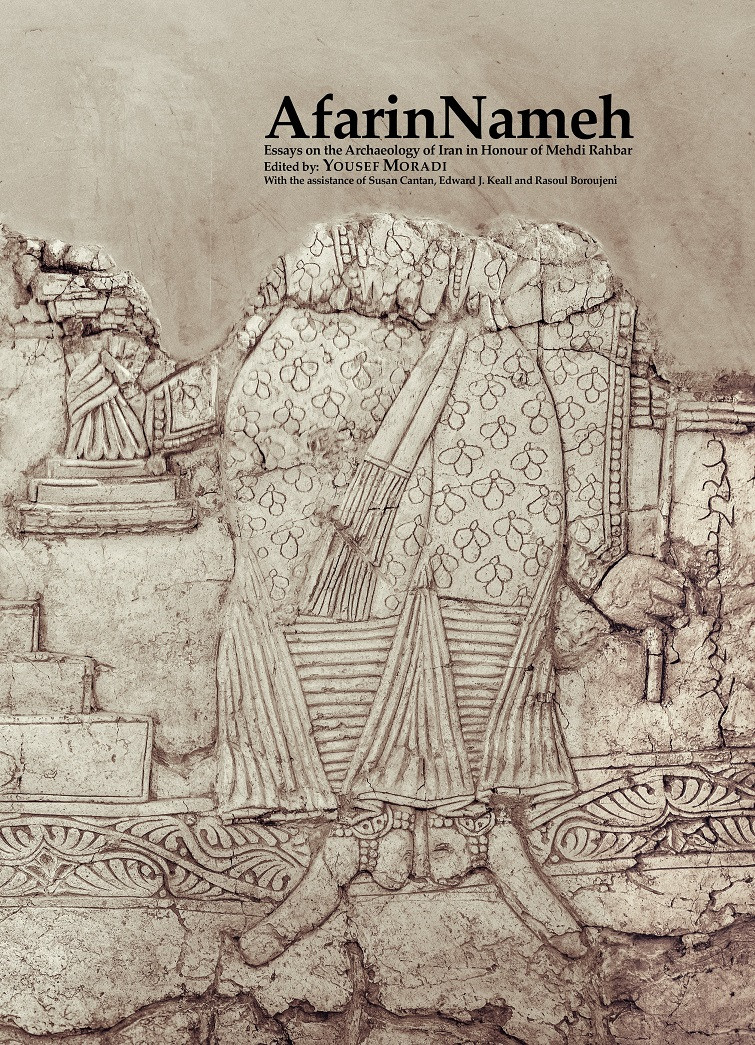

Most ebook files are in PDF format, so you can easily read them using various software such as Foxit Reader or directly on the Google Chrome browser.
Some ebook files are released by publishers in other formats such as .awz, .mobi, .epub, .fb2, etc. You may need to install specific software to read these formats on mobile/PC, such as Calibre.
Please read the tutorial at this link: https://ebookbell.com/faq
We offer FREE conversion to the popular formats you request; however, this may take some time. Therefore, right after payment, please email us, and we will try to provide the service as quickly as possible.
For some exceptional file formats or broken links (if any), please refrain from opening any disputes. Instead, email us first, and we will try to assist within a maximum of 6 hours.
EbookBell Team

4.0
16 reviewsReverence for distinguished archaeologists during their lifetime or after their death has been
traditionally practiced for many years in Iran. In and the Literary Heritage”, 373). ĀfarinNāme of
Mehdi Rahbar is a bilingual festschrift containing 56 seminal articles on a wide range of areas in
1999, the first Festschrift entitled “The Iranian archaeology, architecture, art history, history,
World: Essay on Iranian Art and Archaeology” was presented in honour of an eminent archaeologist,
Ezat O. Negahban by his prominent students, Abbas Alizadeh, Yousef Madjidzadeh and Sadegh
Malek Shahmirzadi. After a relatively long period, young Iranian archaeologists have dedicated a
number of Festschrifts and memorial volumes to other distinguished archeologists such as Sadegh
Malek Shamirzadi, Mohamad Rahim Saraf, Mir Abdin Kaboli, the late Massoud Azarnoush, Parviz
Varjavand, Simin Daneshvar and Chahriar Adle. Publication of these Festschrifts and memorial
volumes has not only provided a unique opportunity to celebrate these distinguished and renowned Iranian
archaeologists, but also offers occasions to present the latest scholarly works on Iranian art and
archaeology. In continuation of this tradition, we have invited a number of colleagues from both Iran
and abroad to contribute their scholarly papers to a volume dedicated to Mehdi Rahabar, an outstanding
Iranian archaeologist who has published extensively on Iranian art and archaeology.
The title of this Festschrift is derived from the mathnawī of ĀfarinNāme (Book of Celebration) by Abū Shakūr Balkhī, a Persian sage and poet of the religion, and historical linguistics. Many individuals assisted the current editor throughout the preparation of this Festschrift. First and foremost, I would like to record my deep sense of gratitude to the contributors for presenting their invaluable and insightful articles. Edward J. Keall and Sue Cantan need to be singled out for their critical editing and comments on the chapter text drafts. Had it not been for their sage advice, critical feedback and intellectual rigor, I would not have been able to produce this volume. I am also grateful for the very dedicated assistance of Rasul Brojeni, Zeinab Valizadeh and Amir Hashamdar in helping with the task of meticulously proofreading Persian manuscript. Grateful thanks are also due to Sara Fereidouni for retouching the illustrations, Hossain Froutan for designing the book cover and Alireza Yarmohamadi for typesetting and
layout of the book.